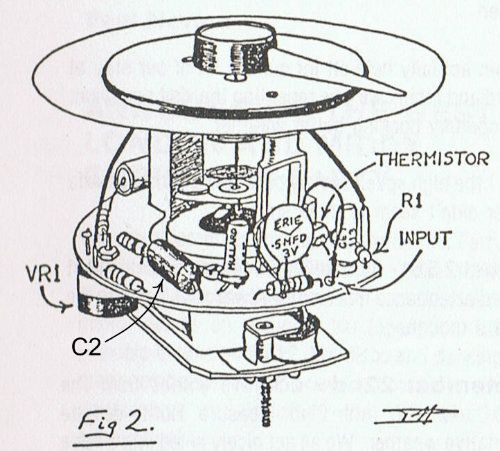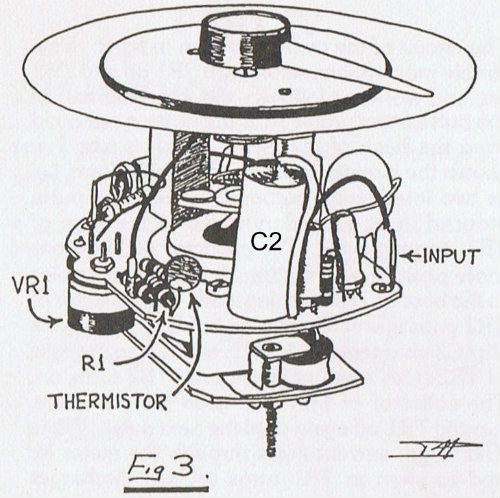I just finished rebuilding the Jaeger electronic tachometer from my SV using the article written by Tom Hayden (excellent work). I am in the process of calibrating the tach before installing it in the car.
For a quick verification and adjustment at home (I'm going to use good test equipment at work for full calibration) I applied a 12V power source to the tach and attached a low voltage, 60 Hz fixed frequency source to wires I wrapped around the U-shaped bar on the back.
The tach adjusted nicely to 1800 RPM (as listed for 60Hz in the table in Tom's article).
My concern is that I noticed the tach made a humming noise, which goes away if I pressed lightly on the center of the needle. The hum also goes away if I disconnect the 60Hz but leave the 12V attached to the tach.
The tach didn't work when I bought the car so I don't know if the hum is normal during operation. My concern is if the needle is too loose in its pivots. There is some up and down play and I know some is needed, but I don't know how much is too much. I want to resolve this issue before I completely button it up with the glass, gaskets, and bezel.
Thanks,
Mike Tanner
For a quick verification and adjustment at home (I'm going to use good test equipment at work for full calibration) I applied a 12V power source to the tach and attached a low voltage, 60 Hz fixed frequency source to wires I wrapped around the U-shaped bar on the back.
The tach adjusted nicely to 1800 RPM (as listed for 60Hz in the table in Tom's article).
My concern is that I noticed the tach made a humming noise, which goes away if I pressed lightly on the center of the needle. The hum also goes away if I disconnect the 60Hz but leave the 12V attached to the tach.
The tach didn't work when I bought the car so I don't know if the hum is normal during operation. My concern is if the needle is too loose in its pivots. There is some up and down play and I know some is needed, but I don't know how much is too much. I want to resolve this issue before I completely button it up with the glass, gaskets, and bezel.
Thanks,
Mike Tanner


